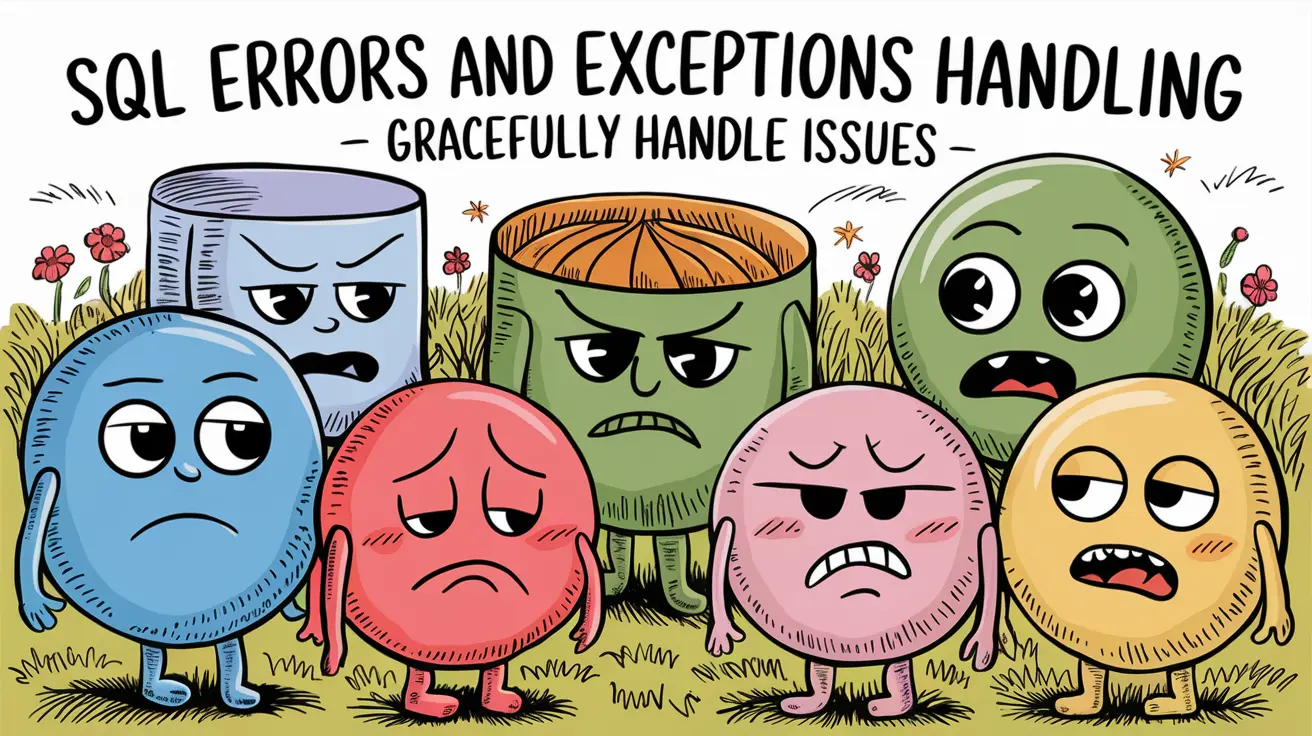: A Deep Dive for Business Analysts
In the tapestry of business analysis, Excel reigns supreme as a versatile tool, empowering us to manage data, perform calculations, and extract meaningful insights. Among its many functions, the MATCH function stands out as a valuable asset for identifying the position of a specific item within a list. Join us as we embark on a journey to unravel the intricacies of the MATCH function, delving into its syntax, unraveling its arguments, and exploring its practical applications in business analysis.
Syntax and Arguments: Demystifying the MATCH Function
The MATCH function boasts a straightforward syntax, yet its power lies in the flexibility of its arguments. Delve into the anatomy of this function to grasp its inner workings:
MATCH(lookup_value, lookup_array, [match_type])
lookup_value: The item we seek to locate within the specified list. This can be a number, text, logical value, or cell reference.
lookup_array: The range of cells to search within. It can be a continuous range (e.g., A1:A10) or a named range.
match_type (optional): This argument dictates how the MATCH function performs the search. It accepts three options:
1 (Exact Match): Requires an exact match between the lookup_value and the items in the lookup_array.
0 (Approximate Match): Finds the largest value in the lookup_array that is less than or equal to the lookup_value.
-1 (Exact Match or Smaller): Locates the smallest value in the lookup_array that is greater than or equal to the lookup_value.
Applications in Business Analysis: Unleashing the Potential
The MATCH function finds its niche in various business analysis scenarios, enabling us to uncover valuable insights hidden within data. Here are a few examples showcasing its versatility:
Product Lookup: Imagine managing an extensive product catalog. By utilizing the MATCH function, you can swiftly locate a specific product within the list based on its ID or name, allowing for efficient order processing and inventory management.
Customer Segmentation: In the realm of customer relationship management (CRM), the MATCH function empowers you to identify customers who belong to specific segments based on their purchase history, demographics, or other relevant criteria. This knowledge facilitates targeted marketing campaigns and personalized customer experiences.
Data Validation: Ensuring data integrity is paramount in business analysis. The MATCH function can be employed to validate data entries against a predefined list of acceptable values. This validation process minimizes errors, maintains data consistency, and enhances the reliability of your analysis.
Advanced Techniques: Unveiling Hidden Gems
Beyond its fundamental applications, the MATCH function offers advanced techniques that can elevate your business analysis skills to new heights:
Fuzzy Matching: Leveraging wildcards (* and ?) in the lookup_value argument enables fuzzy matching, allowing for partial matches and accommodating spelling variations or minor inaccuracies in data entry.
Multi-Criteria Matching: By combining the MATCH function with other functions like INDEX and OFFSET, you can perform multi-criteria matching, enabling the identification of items that meet multiple conditions simultaneously.
Array Formulas: Unleashing the power of array formulas in conjunction with the MATCH function opens up a world of possibilities. You can perform complex calculations and extract valuable insights from large datasets in a single formula.
Frequently Asked Questions (FAQs): Addressing Common Queries
- Q: When should I use the MATCH function instead of the FIND function?
A: The MATCH function is preferable when you need to find the exact position (row number) of an item within a list, while the FIND function simply locates the first occurrence of a substring within a text string.
Q: How can I perform a case-insensitive search using the MATCH function?
A: To achieve case-insensitive matching, convert both the lookup_value and the lookup_array to lowercase or uppercase before applying the MATCH function.
Q: Is it possible to use the MATCH function to find the position of a value within a table?
- A: Absolutely! By utilizing structured references and the MATCH function, you can effortlessly locate the position of a value within a table, enabling efficient data retrieval and analysis.
In conclusion, the MATCH function is an invaluable tool in the arsenal of business analysts, empowering us to locate items within lists, validate data, perform complex matching operations, and extract meaningful insights from vast datasets. Its versatility and adaptability make it a cornerstone of data analysis, enabling us to transform raw data into actionable knowledge that drives informed decision-making.














Leave a Reply